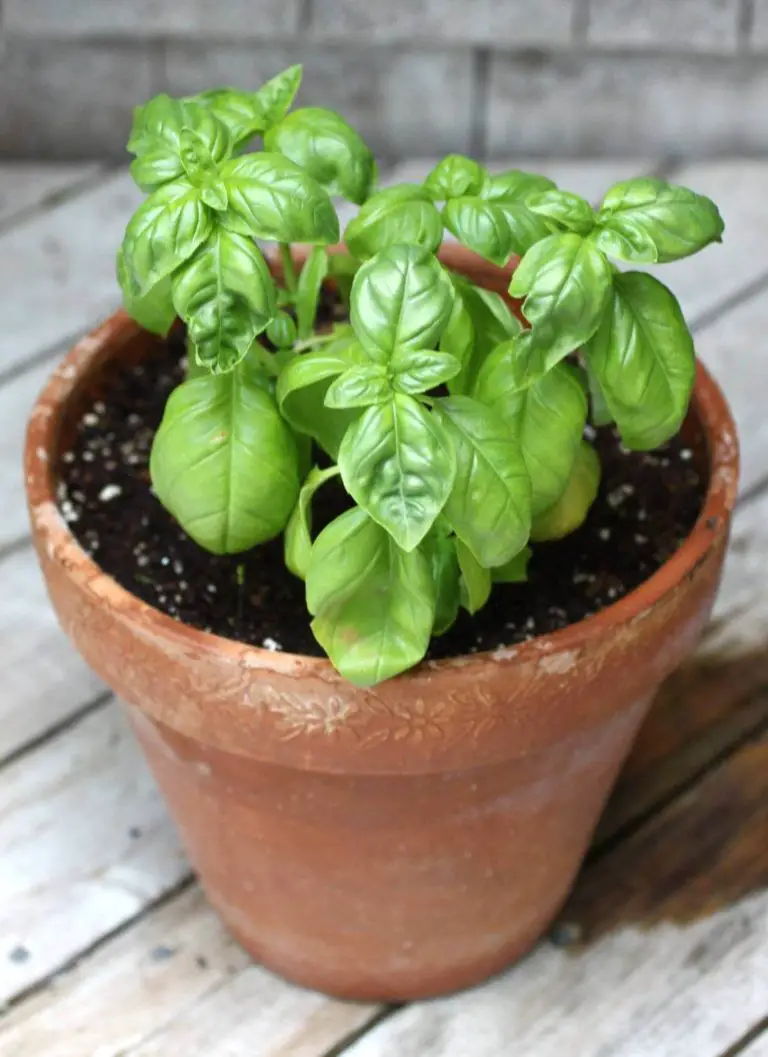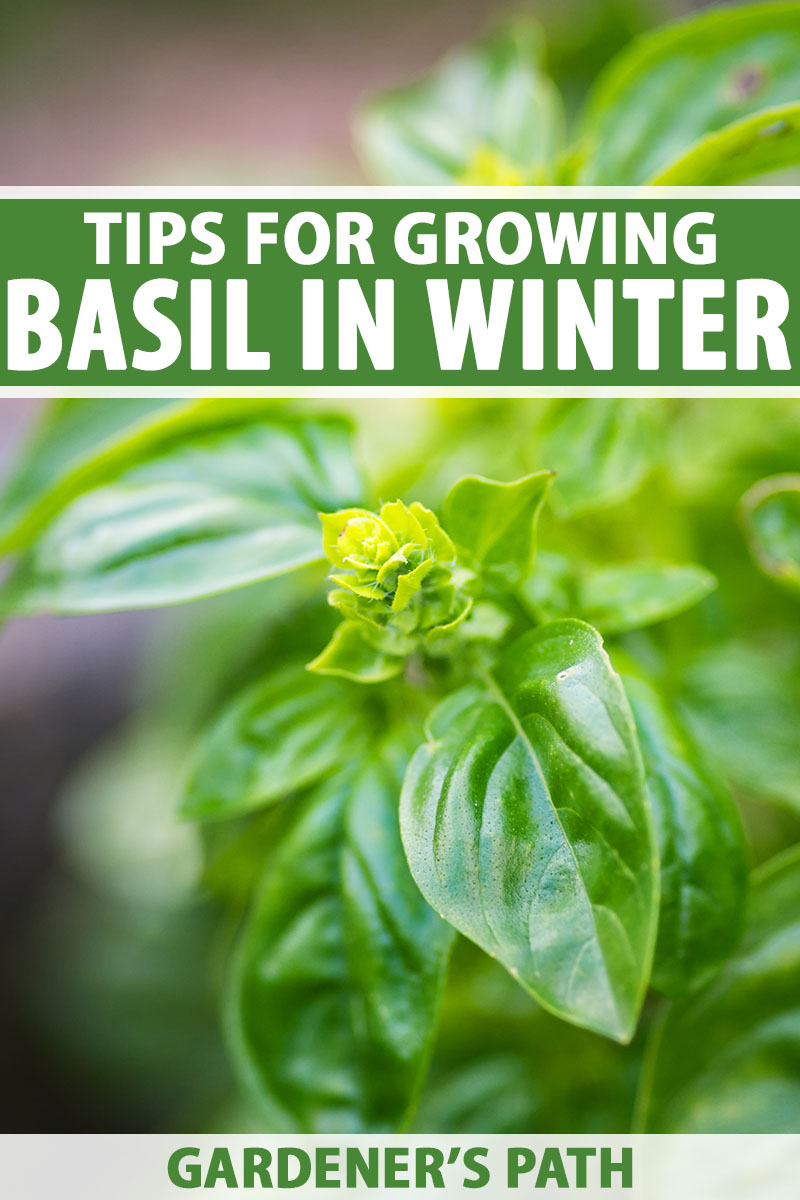Why Bring the Outdoors In
As the winter months approach, many gardeners are forced to bid farewell to their outdoor herb gardens, leaving their favorite basil plants to wither away in the cold. However, with a little creativity and planning, it’s possible to enjoy fresh, fragrant basil year-round – even in the dead of winter. Growing basil indoors in winter offers a multitude of benefits, from having a constant supply of fresh herbs at your fingertips to improving the air quality in your home. Not to mention, a touch of greenery can do wonders for brightening up a cold and gloomy winter’s day. By bringing the outdoors in, you can create a mini indoor oasis that will transport you to sunnier climes, even on the chilliest of winter mornings. With growing basil indoors in winter, you can enjoy the freshness and flavor of this popular herb all year round, without having to rely on store-bought alternatives.
Choosing the Right Variety for Indoor Growth
When it comes to growing basil indoors in winter, selecting the right variety is crucial for success. Not all basil varieties are created equal, and some are better suited for indoor growth than others. Compact or dwarf varieties, such as ‘Genovese Compact’ or ‘Thai Basil Dwarf’, are ideal for indoor growing as they require less space and can thrive in containers. These varieties are also more resistant to disease and pests, making them a great choice for indoor growing. Other popular options include ‘Sweet Basil’, ‘Lemon Basil’, and ‘Purple Basil’, which offer unique flavors and aromas. When choosing a basil variety, look for those that are specifically bred for indoor growing or container gardens, as they will be more likely to thrive in the indoor environment.
How to Create an Ideal Indoor Environment
When growing basil indoors in winter, creating an ideal environment is crucial for healthy growth and development. Three essential elements to focus on are sufficient light, optimal temperatures, and humidity levels. Basil plants require bright, indirect light to photosynthesize and grow. Placing them near a south-facing window or using grow lights can provide the necessary light. However, be cautious of direct sunlight, which can cause scorching. In terms of temperature, most basil varieties thrive in temperatures between 65°F to 75°F (18°C to 24°C). Avoid placing plants near heating vents or drafty windows, as this can cause stress and stunted growth. Finally, maintaining a humid environment can help prevent dry air from causing leaf drop and other issues. To increase humidity, place the pot on a tray filled with water and pebbles or use a humidifier nearby. By replicating these conditions in a home setting, growers can create an ideal environment for their basil plants to thrive.
Soil, Containers, and Watering Essentials
When growing basil indoors in winter, using the right soil, containers, and watering schedule is crucial for healthy growth and development. A well-draining potting mix is essential to prevent waterlogged soil and root rot. Look for a mix specifically designed for indoor plants or herbs, and avoid using garden soil from the outdoors. In terms of containers, choose a pot that is at least 6-8 inches deep and has drainage holes in the bottom. This will provide enough room for the roots to grow and prevent water from accumulating in the soil. When it comes to watering, establish a schedule that ensures the soil is consistently moist but not waterlogged. Check the soil daily, and water only when the top inch of soil feels dry to the touch. Avoid getting water on the leaves to prevent fungal diseases, and instead, water at the base of the plant. By using the right soil, containers, and watering schedule, growers can create a healthy environment for their basil plants to thrive.
Nourishing Your Basil: Fertilization and Pruning
Fertilization plays a crucial role in promoting healthy growth and development when growing basil indoors in winter. Feed your basil plants with a balanced, water-soluble fertilizer (20-20-20) once a week. This will provide essential nutrients for leaf growth and development. However, avoid overfertilizing, as this can cause damage to the roots and leaves. In addition to fertilization, pruning is essential for encouraging bushy growth and preventing flowering. Pinch off flower buds as they form to direct the plant’s energy towards leaf growth. Regular pruning also helps to maintain a compact shape and promotes a fuller plant. To prune, simply pinch or cut off the top sets of leaves, making sure to leave at least two sets of leaves on each stem. This will encourage the plant to branch out and produce more leaves. By fertilizing and pruning regularly, growers can promote healthy growth and maximize their basil harvest.
Pest Control and Common Issues
When growing basil indoors in winter, it’s essential to be aware of common problems that may arise and take preventative measures to address them. One of the most common issues is pests, such as spider mites, mealybugs, and aphids. To prevent infestations, inspect plants regularly, and isolate new plants for a few weeks before introducing them to the rest of the indoor garden. If pests are detected, treat the plants with insecticidal soap or neem oil. Another common issue is fungal diseases, which can be caused by overwatering or high humidity. To prevent fungal diseases, ensure good air circulation, avoid getting water on the leaves, and remove any infected leaves or stems. Nutrient deficiencies can also occur, particularly if the soil lacks essential micronutrients. To prevent deficiencies, use a balanced fertilizer and consider adding a micronutrient-rich supplement to the soil. By being aware of these common issues and taking preventative measures, growers can minimize the risk of problems and enjoy a healthy and thriving indoor basil garden.
Harvesting and Preserving Your Fresh Basil
When growing basil indoors in winter, regular harvesting is essential to encourage continuous growth and prevent the plant from flowering. To harvest, simply pinch or cut off the top sets of leaves, leaving at least two sets of leaves on each stem. This will encourage the plant to branch out and produce more leaves. For optimal flavor and aroma, harvest basil leaves in the morning, after the dew has dried but before the heat of the day. To preserve fresh basil, there are several options. Freezing is a great way to preserve the flavor and aroma of basil, simply chop the leaves, place them in an airtight container or freezer bag, and store in the freezer. Drying is another option, tie the stems together and hang upside down in a warm, dry place. Once dry, store the dried basil in an airtight container. Making pesto is a delicious way to preserve basil, simply blend the leaves with olive oil, garlic, and parmesan cheese, and store in an airtight container in the fridge or freezer. By harvesting and preserving fresh basil regularly, growers can enjoy the flavor and aroma of fresh basil all year round, even when growing basil indoors in winter.
Troubleshooting and Tips for Success
When growing basil indoors in winter, some common challenges may arise. One of the most common issues is legginess, which can be caused by insufficient light. To prevent legginess, ensure that the basil plant is receiving sufficient light, and consider using grow lights if necessary. Another common issue is promoting root growth. To promote healthy root growth, use a well-draining potting mix and avoid overwatering. Additionally, consider repotting the basil plant into a larger container to give the roots more room to grow. For growers who are new to growing basil indoors in winter, it’s essential to monitor the plant’s progress regularly and make adjustments as needed. By keeping an eye out for common issues and taking preventative measures, growers can enjoy a thriving and healthy indoor basil garden. Some additional tips for success include rotating the plant regularly to promote even growth, using a humidifier to maintain optimal humidity levels, and pruning the plant regularly to encourage bushy growth. By following these tips and troubleshooting common issues, growers can enjoy a bountiful harvest of fresh basil all winter long.








